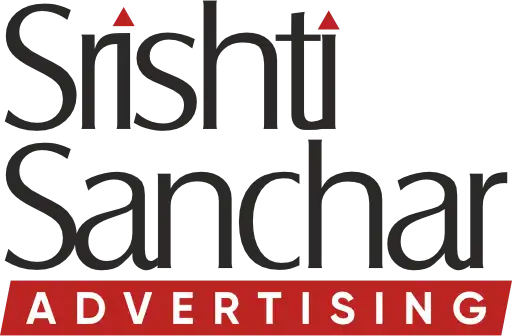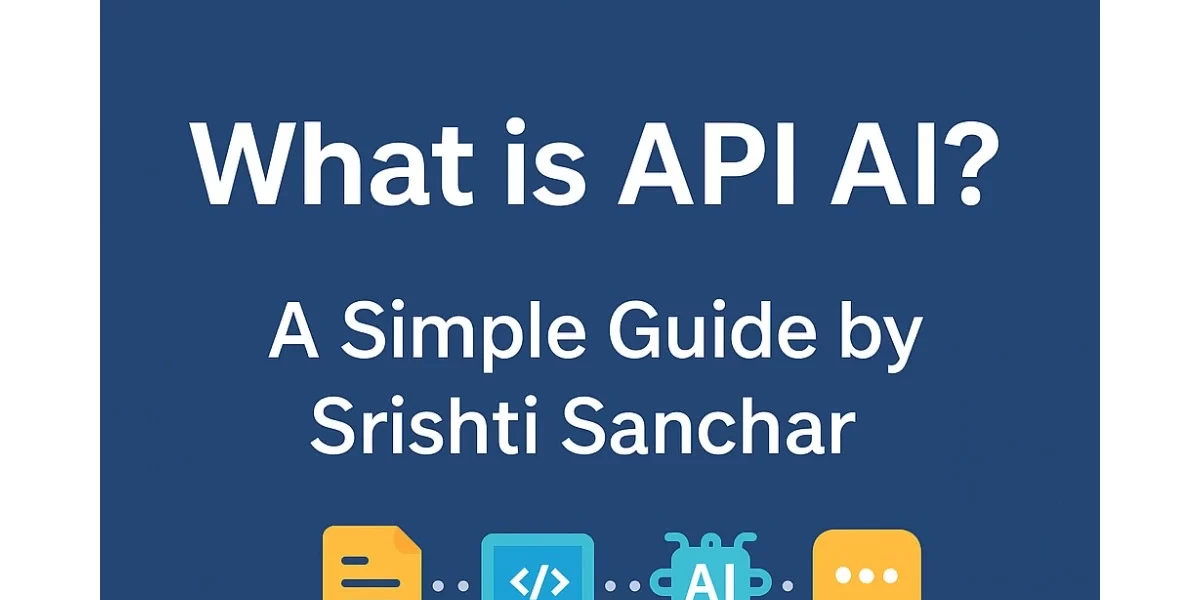Marketing on social media has changed the way small businesses engage with their customers. Social media comes with boundless opportunities which equally enables every business to succeed. However, a good number of small business proprietors are stressed due to the numerous strategies and options available.
This guide will explain everything social media marketers need to know about marketing for small businesses. It explains step by step instructions for dealing with every platform including the creation of content that compels action while being cost effective.
Why Social Media Marketing Matters for Small Businesses
Every small business suffers from a lack of capital as compared to a larger corporation. A small team with limited resources often encounters difficulties when carrying out a traditional marketing approach. The good news? Social media marketing offers a fantastic solution for leveling the marketing field.
Social media marketing offers cost-effective reach. Unlike traditional advertising, social media enables you to reach thousands of potential customers at a fraction of the cost. An excellently written post or graphic would draw more engagement than an expensive print ad.
Social Media offers a Direct Customer Connection. Social media marketing allows for real conversations with your target audience. It also gives your target audience a channel to ask their questions or voice their concerns and as a business one is able to respond to them and cultivate lifelong clients.
Targeted advertising: Allowing modest budgets, it is possible to run highly targeted campaigns focusing on certain demographics, interests, and even specific geographic locations.
Building Your Digital Branding for Startups Foundation
Before exploring specific platforms, reinforce your digital branding foundation. Your brand identity must remain congruous on all social media channels.
Define Your Brand Voice
Your brand voice captures your company’s character. Are you professional and authoritative? Friendly and approachable? Quirky and creative? This identity should shine on every post, comment, and interaction.
Keep in mind your target audience as you shape your voice. A local coffee shop would adopt a warm, community-friendly tone, while a tech-focused startup would lean towards innovative expertise.
Create Visual Consistency
Visual branding enables instant recognition. Construct a consistent color palette, typography, and imagery style. Logo, profile photos, and cover images must remain the same across platforms.
Business tip: Templates for your most common post types. This saves time and ensures consistent professional appearance.
- Create Engaging Sections for Your Bio
- Your bio can serve as a first glance for prospective clients. Add:
- The services offered by your business
- What makes you unique from competitors.
- How they can reach you
- Your business motto.
- Relevant hashtags.
- Strategies for Specific Platforms
Every online platform has a different purpose. Knowing the specifics of each one helps you better manage your time and funds.
Promotion of Local Businesses on Facebook
As Facebook is still the leading social media platform, it is useful for almost any business. Its advertising system and local business options are particularly useful for businesses with a narrower scope of serving customers in specific locations.
Optimizing for Local Businesses: Populate your Facebook Business Page with operating hours, physical address, and up to date contact details. Ask satisfied customers to leave reviews since they boost visibility in local search engines.
Join local community groups as well as industry-specific ones. Add value by posting useful information and engaging genuinely. Stay away from spamming promotional content or you risk getting banned.
Event marketing: Advertise your sales and special events using Facebook Events. Invite your followers and motivate them to spread the word.
Small Business Marketing on Instagram
Showcasing products, company events, and the culture of a business is best achieved through Instagram, making it one of the most useful social media platforms.
Stories and Reels: These types of content bring greater interaction than regular postings. Use Stories for time-sensitive matters such as flash sales or for updates made daily. Make Reels to exhibit products, share instructions, or participate in trending topics.
Hashtag strategy: Look for hashtags that are relevant to your particular business area. Combine highly used hashtags with niche-specific ones so that your content can be discovered, but avoid tags that are too over-used.
User-generated content: Ask your consumers to post pictures of themselves using your products. With their permission, share this content to foster community and provide social proof.
LinkedIn for B2B Connections
For business-to-business (B2B) purposes, LinkedIn is great for building connections and showcasing your expertise.
Thought leadership: Write about industry insights, trends, and experiences. Share them and add a thoughtful comment on other peoples’ posts so that you can be noticed.
LinkedIn articles: Writing longer pieces of content on LinkedIn tends to work well. Discuss challenges in the industry, present solutions, or write case studies to build authority.
Content Creation Strategy That Works
Being a small business, one of the toughest hurdles to overcome is creating appealing content. Having a plan makes this manageable.
The 80/20 Rule
Sticking to the 80/20 rule means 80% of your content resonates with and adds value to your audience, while 20% can be used for promotional purposes. Value-driven content includes, but is not limited to:
Educational posts
Entertainment
Industry news and insights
Customer spotlights
Behind-the-scenes glimpses
Content Pillars
3 to 5 pillars should be created to serve as valuable assets for the business goals you are trying to achieve. These can be centered on any industry. For example, a fitness studio might focus on:
Workout tips and demonstrations
Nutrition advice
Studio culture and events
Industry trends and research
Batch Content Creation
Make sure to set aside a certain time for content creation. Group similar tasks like writing for the week’s Captions and taking photos, or designing multiple graphics in one sitting. This is more effective than creating content every day.
Affordable Online Advertising Strategies:- One of the biggest problems marketers are facing is the reduced organic reach on social media platforms. Paid advertisements come in handy because they make certain that your content reaches the intended audience.
Start Small and Test:- There are numerous ad components to be explored, and change can often invite new audiences. Starting with minimal budgets works best, even $5-10 a day can garner meaningful results.
Retargeting Campaigns:- These campaigns tend to be more efficient as retargeting ads are known to exhibit content to users that have clicked on their platforms. The chances of these users converting is a lot higher. Thus making retargeting campaigns extremely cost efficient.
Local Advertising Options :- Use as much as possible to capture customers in your area, especially so if you have a physical store. Most platforms have location-based targeting options.
Measuring Success and ROI :- Understanding performance metrics helps you understand what matters most when it comes to efficiency in your business.
Key Metrics to Monitor :- Engagement rate: Likes, comments, shares, and saves divided by total followers. Higher engagement means the content provided is relevant and meaningful.
Reach and impressions: Total number of unique active users and the number of times your content is interacted with. Use these two metrics to measure your content’s exposure.
Traffic to the website: Monitor the number of visits referred through social media by using Google Analytics. This shows how effectively your social media drives visitors to your website.
Conversion Tracking: Measure how social media contributes to sales, leads, and other goals for the business with conversion tracking.
Monthly Performance Reviews :- Strategy adjustments should be made aligned with the patterns found in successful content. Analyze the performance data for the previous months in set intervals.
Common Mistakes to Avoid :- Spend less time and money by learning what doesn’t work from other people’s experiences.
Irregular Posting :- Random posting causes confusion and poor performance. Remain on a consistent posting schedule.
Ignoring Comments and Messages:- A social media platform is supposed to be an interactive space where users can hold conversations. To build strong connections and showcase impactful customer service, always respond to messages and comments in a timely manner.
Over-Promotion:- Too much advertising is simply annoying. Shift your attention to fostering connections with followers and providing useful products or services in order for people to gravitate towards your brand.
Neglecting Analytics:- Creating content without performance evaluation is the same as driving a car while blindfolded. Platform analytics should be used to measure success so that better methods can be applied in the future.
Building Your Social Media Marketing Plan
Having a well-structured plan is essential for success. Follow the provided guidelines to build the best plan to your needs:
- Set Clear Goals
- Establish clear, easy to track goals. Such as:
- Increasing web traffic by 25 percent in three months.
- Generating 50 new leads per month.
- Targeting local customers to boost brand awareness.
- Choose Your Platforms
- You should not stretch yourself too thin. Focus first on 2-3 platforms that your audience frequents. Once you have mastered these, expand to other places.
- Create a Content Calendar
- Use a content calendar to schedule posted content ahead of time. These can include:
- Dates and times of posting.
- Theme of the post.
- Captions and hashtags.
- Visual materials needed for the text.
- Establish Your Budget
- Define your social media marketing budget. Costs can include advertisement expenditure and any tools or services required.
- Tools and Resources for Small Businesses
- Having the right tools for the job can make managing your social media hassle-free and more effective.
Free Tools
Canva: Design stunning graphics without any experience.
Buffer or Hootsuite: Manage multiple accounts and schedule posts for a variety of platforms.
Google Analytics: Monitor your social media site’s traffic.
Platform native analytics: All social media networks provide some form of analytics tools for free.
Paid Tools
Sprout Social: A complete social media management solution with additional analytics functions.
Later: Advanced content calendar with graphic planning and auto-posting capabilities.
BuzzSumo: Find out what content is trending and leading industry experts in your area.
Your Path to Social Media Success
Social media marketing need not be daunting for small businesses. Begin with a strong base, select platform(s) with tact, and work on building targeted content that can drive real value on a frequent basis.
Don’t forget that it requires time to be successful on social media. Make sure to not become impatient with your results, remain loyal to your plan, track how well you are doing, course correct as needed, and then increase your efforts slowly as progress becomes apparent.
Most importantly, just get started, even if you feel like you don’t know what you’re doing. Just remember: every expert was once an unprepared novice, and every social media account that is thriving now began with a single, sometimes awkward, post.
Excited to take your small business to the next level using social media as a marketing tool? Focus on one platform first, set up your content calendar and schedule your posts for the week, month, or even quarter ahead. Your brand is poised to engage with your future customers





